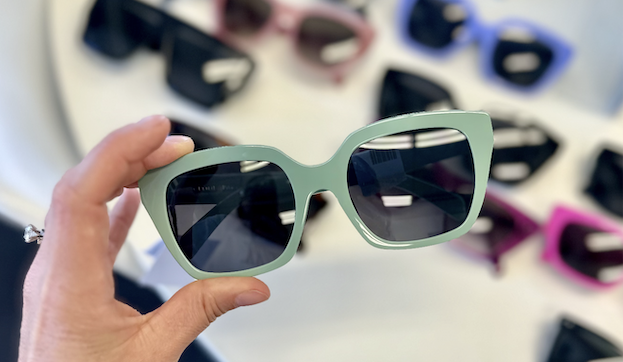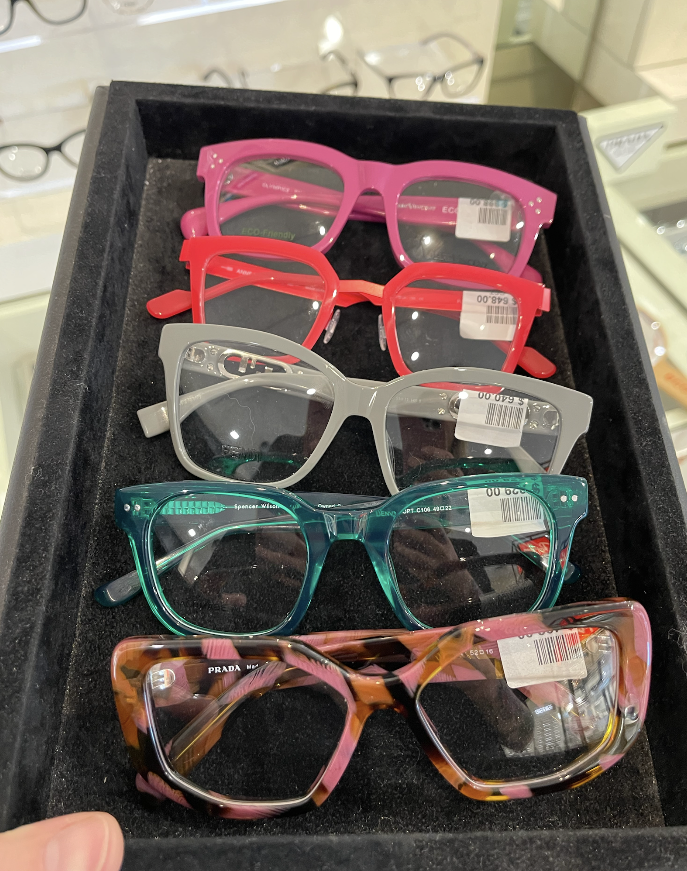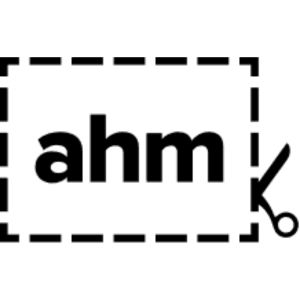[4 min read]
When we’re behind the wheel, it’s easy to take our vision for granted until it’s restricted. Think torrential downpours or unlit streets — or “They came out of nowhere!”
Fortunately, keeping up with annual eye tests can catch and address vision issues before they become an issue on the road. Let’s talk about some common changes in the eye that can make it harder to see clearly on the road — as well as how to maximize your vision when driving in bad weather.
Vision changes that can affect driving
Presbyopia
Presbyopia is the natural loss of the elasticity of the lens in our eyes as we age. When we’re young, the flexibility of that lens makes it easier to see things up close. But around the age of 40, most people begin to notice that they need to hold things further away to read them. Things like the dashboard or navigation system in your car can also become more difficult to read. Fortunately, progressive lenses can help.
Dry-eye
When the eyes don’t make enough tears, it can result in dry-eye. Since symptoms often include stinging or burning, or blurred vision, it can make driving difficult, especially at night. Environmental factors can cause dry-eye—like allergies, or even your car’s air conditioning during the summer, and heater during the winter. And since windy conditions can worsen dry-eye, leaving the windows rolled down may contribute to it. An optometrist can diagnose the condition and prescribe treatments or eye drops to improve dry-eye.
Astigmatism
Astigmatism occurs when the eye is an irregular shape. It results in blurry vision both near and far, which can make reading road signs or dashboard instrumentation difficult during the day and especially at night. It’s common to have astigmatism in addition to nearsightedness or farsightedness, so ask your optometrist if it’s a concern for you.
Road conditions that affect driving
Night time
With less light, everything becomes more difficult to see—especially on the road. In fact, while just 25% of all driving happens at night, night time accidents account for half of all driving fatalities. To help reduce the risk, anti-reflective lenses can help cut down on glare, diminishing the reflections coming into the eye. And while it’s important to keep your vision healthy with an annual eye exam, keeping your car in good shape can maximize your vision on the road, too. Make sure…
- Both of your headlights are in working order
- Your windshield and mirrors are clean
- Any dirt or mud is cleaned off of your headlights
Sunrise/sunset
There’s nothing like the glare of the sun directly in your eyes while trying to watch a traffic light or when sitting bumper-to-bumper during peak hour. Keeping a pair of sunglasses in your car can help cut down on glare and make it much easier to see. Clean, chip-free windshields can help, and at night, avoid looking directly at the headlights of oncoming cars. Check your private health insurance too—you may have options for getting a second pair of glasses, which could include a pair of prescription sunglasses.
Rain and hail
Rain can both scatter and reflect light, as well as affect your peripheral vision by making it almost invisible. Especially during heavier rain or hailstorms, we tend to focus straight ahead, unaware of the important information coming into our peripheral field of view. So when it’s raining heavily or hailing…
- Check your side mirrors (and blind spots) regularly to keep track of your peripheral field of view
- Avoid using your high beams, since they only reflect light back into the eye, making it even more difficult to see
- Make sure your windscreen wipers are intact and not damaged. A warped or torn wiper may not properly clean your windscreen and leave smear marks or omit areas, leaving your windscreen with reduced clarity.
Signs it may be time to visit your Optometrist
It’s already recommended to have an annual eye test, since eye examinations can detect serious health issues beyond just blurry vision. But if you’re experiencing one or more of the following while driving, it may be time to schedule an appointment:
- Seeing halos around lights at night
- Trouble reading road signs in time to react
- Feeling sensitive to bright sunlight during the day, or street lights at night
- Sudden blurry vision or changes in your vision
If you have any eyecare concerns on any topic, we are able to discuss this with you during a scheduled appointment.
We are able to take appointments conveniently online, you can book online easily using our website: BOOK HERE




















